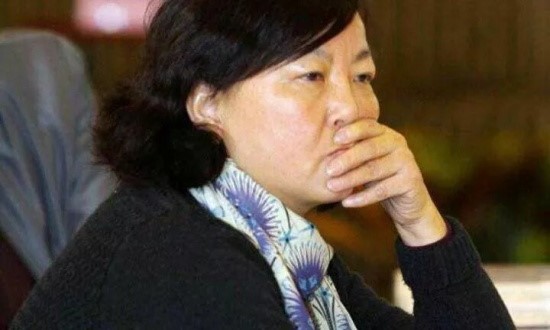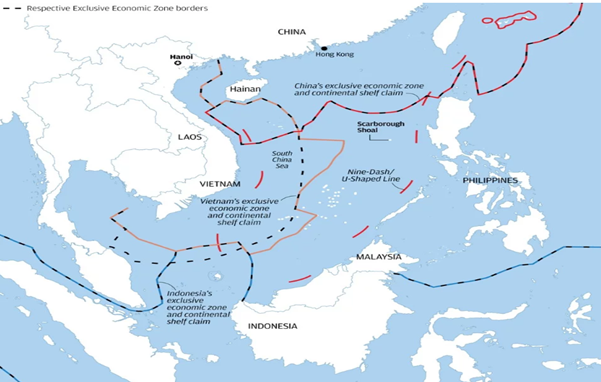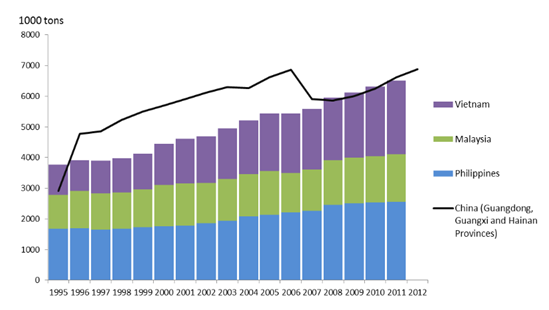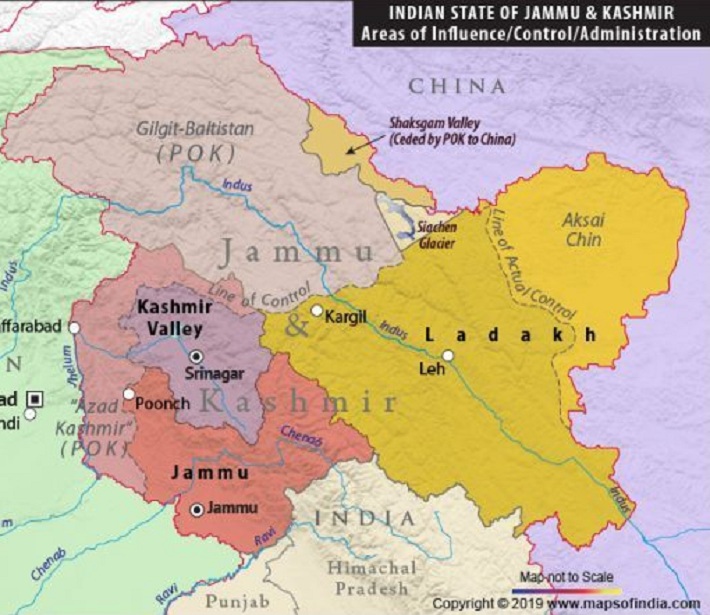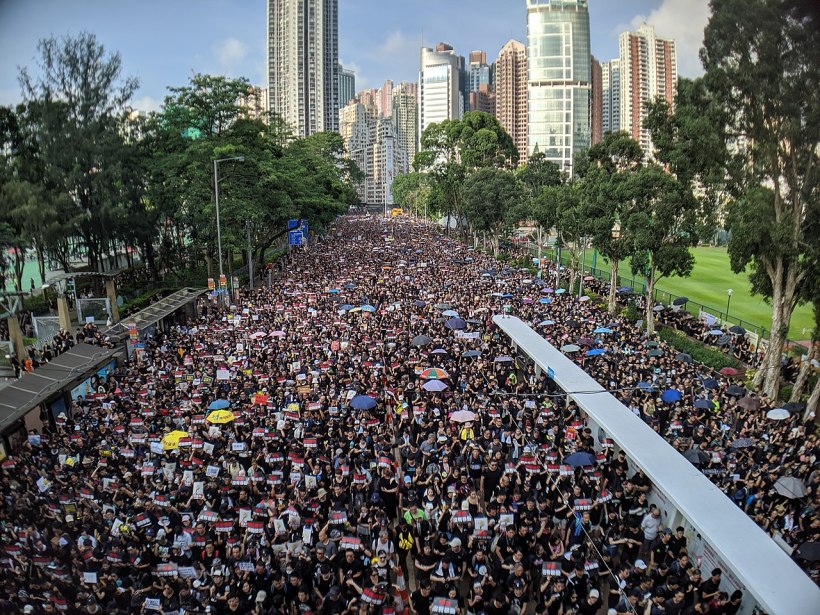Samanvya Hooda, Research Assistant, ICS
Much of the recent commentary surrounding China’s nuclear program has been in conjunction with New START, i.e. US insistence that China accede to an arms limitation agreement. This article seeks to explain a burgeoning aspect of China’s nuclear program: the possibility of adopting “Launch-on-Warning.”
Launch-on-Warning (LOW) refers to a posture in which nuclear weapons are launched at an adversary on detection of an incoming attack, before enemy missiles strike their targets. This implies that decision makers do not have confirmation about incoming missiles hosting conventional or nuclear warheads, and the decision to counter-launch has to be made in a span of approximately 15-30 minutes. Today, only Russia and the USA adhere to such a posture, carrying forward from decades-old Cold War strategies. This is sustained by significant investment in relevant technology & infrastructure, and excellent command & control mechanisms.
Currently, Chinese nuclear forces exist only as a deterrent, evinced from a low number of warheads and a policy of de-alerting their nuclear weapons (delivery vehicles and warheads are stored separately). This is in tune with their No-First-Use policy, which may or may not be rendered moot by LOW. To move to such a posture, a certain number of missiles in the country would have to be mated with warheads, ready to respond in a matter of minutes after indication of an enemy launch. In the short term, such “alerted” weapons are only expected to be found on its four ballistic missile submarines (SSBNs), soon to be six.
China’s threat environment covers a wide ambit, ranging from India on its western border to Japan in the east. That said, the only stimuli that may see a move towards LOW are US missile defence and precision strike capabilities. China’s nuclear deterrent is contingent on its relatively small arsenal of approximately 300 warheads being survivable, and “assured” to cause damage when used against an adversary. Precision targeting by the US threatens the “survivable” aspect of the deterrent, while missile defence endangers the “assured” descriptor. Though LOW would be a huge shift in China’s nuclear posture, the option of possessing alerted weapons ready to launch may be perceived as addressing survivability and assured retaliation concerns.
While official statements have not remarked on significant changes to China’s nuclear posture in the offing, there have been some confusing aberrations recently. A 2013 Academy of Military Sciences publication first broached the possibility of Chinese LOW, with a later defence white paper vaguely alluding to “rapid response”. Even the US Department of Defense remarked LOW may be an “aspiration for China’s nuclear forces”. Alternatively, a Chinese MFA spokesperson in late 2019 stated that China would not shift to LOW, and called on all nuclear weapon states to divest from the same.
The foremost requirements for LOW are impeccable command and control, early warning capabilities to detect launches, and “alerted” warheads. Recent reports have predicted joint efforts with Russia for developing early-warning systems (likely space-based) to supplement China’s three phased array radars. A tangential topic of study here is Sino-Russian cooperation in developing, and maybe even operating “strategic” technologies.
In terms of alerted warheads and command and control, recent literature has focussed entirely on China’s SSBNs, undoubtedly important while studying its nuclear program. For LOW however, one shall have to focus primarily on China’s land-based missiles, and to a lesser degree its fledgling air arm of the nuclear triad. LOW in the Chinese context would likely stem from a “use it or lose it” mindset, and with 70% of China’s warheads on land-based systems, they would be the primary focus of a first strike. Consequently, losing these systems would warrant greatest worry in China, pressurising leaders to counter-launch quickly to avoid the risk of having them neutralised.
LOW entails quick decision making for a counter-launch, as it necessitates action before incoming missiles strike their targets. Given operating difficulties, the lack of certainty in communicating launch orders to an SSBN within the 15 minutes alluded to earlier makes submarines an undependable LOW platform. As they boast greater survivability than land-based systems, these assets will likely be used as a reserve for any future nuclear strikes.
The perceived vulnerability of land-based systems has been addressed in recent years by the development of mobile missile units to avoid neutralisation in a conflict, and penetration aids for missiles. The strict negative controls (de-mating of warheads and missiles) employed by the political establishment bolsters command and control, but also weakens survivability of the nuclear arsenal by virtue of increased reaction time. Technical controls are employed through an automated system that allows the Central Military Commission (CMC), to communicate with missile brigades and battalions, or even directly with launch companies. LOW would hence herald a significant change in Chinese nuclear thinking, as it may necessitate delegating some launch authority to field commanders, or even the development of “canisterized” missiles.
A Chinese nuclear ‘alert’ status like the USA’s famous DEFCON remains ambiguous, with speculation of it being a three-tier system. The first-tier is peacetime readiness, with the second-tier believed to be the PLARF making preparations for launch orders, and the third-tier alert being missile forces ready to launch. Will alert levels for nuclear forces be raised in conventional conflict with a more powerful, nuclear-armed adversary? If so, with the PLARF at third-tier alert, would an escalating conflict with the USA see a LOW posture during wartime? It being unclear what stage of what crisis would prompt a higher alert level, there is a small possibility that China only disavows LOW in peacetime, and retains the option for use during war. If command and control during a third-tier alert is considered unimpeachable by the CMC today, this option may already be part of China’s nuclear strategy. The two points raised above – shifts in the deployment and command & control of land-based systems, and the likelihood of an existing “launch-on-warning during wartime” posture warrant detailed study within the larger scrutiny of Chinese launch on warning. An overt declaration of LOW will undeniably be perceived as aggressive by countries like the US and India, leading to high-risk escalation during future crises. Regionally, though rivals like India do not threaten China’s nuclear forces like the USA, Chinese LOW may well prompt changes to India’s nuclear posture, with a cascading effect on the precarious Indo-Pakistan nuclear dynamic. Globally, the end of the INF already precipitates increased missile deployments in hotspots like East Asia, alongside the probable dissolution of New START looming. A Chinese shift to LOW in the wake of these developments will certainly sound a death knell for arms limitation globally.

